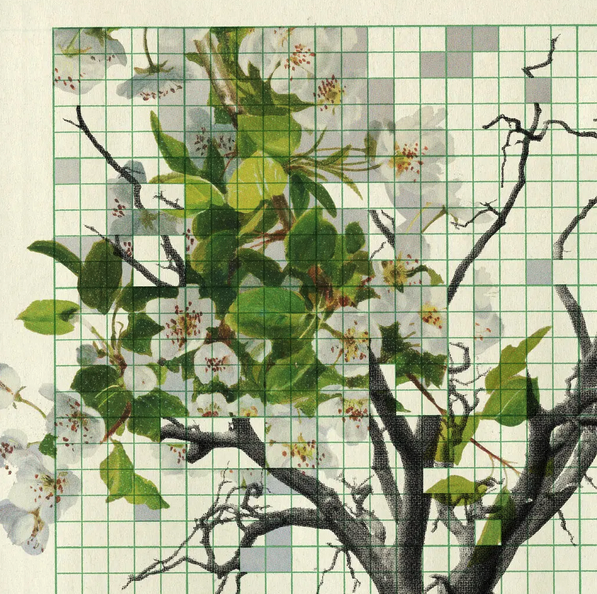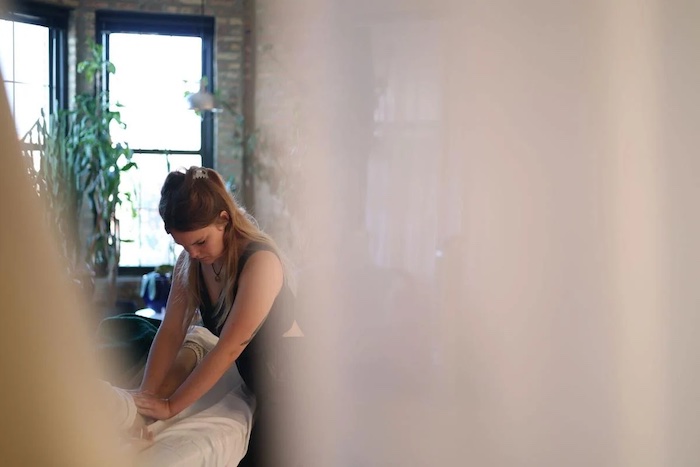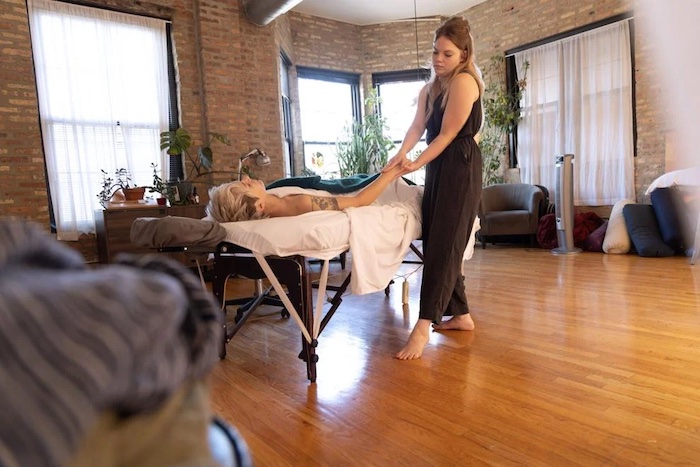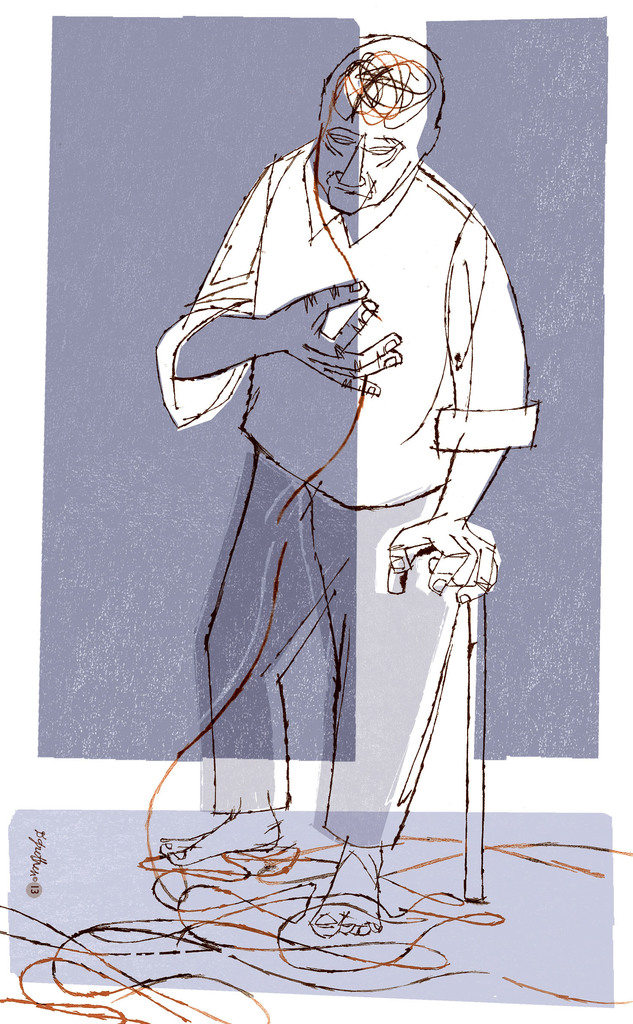— Researchers are rethinking living wills and other ACP documents to ensure seriously ill patients get the care they want.
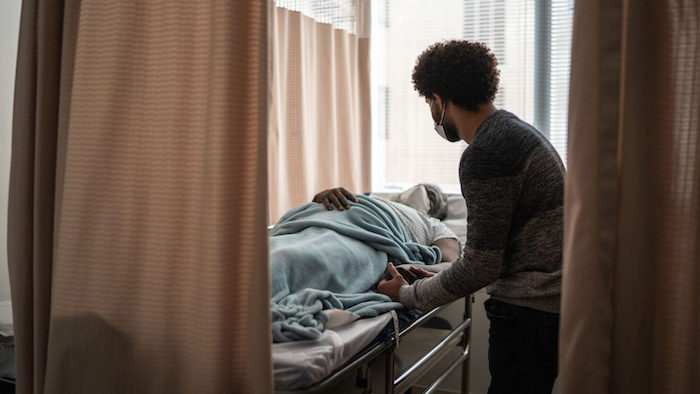
When Kevin E. Taylor became a pastor 22 years ago, he never expected how often he’d have to help families make gut-wrenching decisions for a loved one who was very ill or about to die. The families in his predominantly Black church in New Jersey often didn’t have any written instructions, or conversations to recall, to help them know if their relative wanted — or didn’t want — certain types of medical treatment.
So Taylor started encouraging church members to ask their elders questions, such as if they would want to be kept on life support if they became sick and were unable to make decisions for themselves.
“Each time you have the conversation, you destigmatize it,” said Taylor, now the senior pastor at Unity Fellowship Church NewArk, a Christian church with about 120 regular members.
Taylor is part of an initiative led by Compassion & Choices, a nonprofit advocacy group that attempts to encourage more Black Americans to consider and document their medical wishes for the end of their lives.
End-of-life planning — also known as advance care planning, or ACP — usually requires a person to fill out legal documents that indicate the care they would want if they became unable to speak for themselves because of injury or illness. There are options to specify whether they would want life-sustaining care, even if it were unlikely to cure or improve their condition, or comfort care to manage pain, even if it hastened death. Medical groups have widely endorsed ACP, and public awareness campaigns have promoted the practice.
Yet research has found that many Americans — particularly Black Americans — have not bought into the promise of ACP. Advocates say such plans are especially important for Black Americans, who are more likely to experience racial discrimination and lower quality care throughout the health care system. Advance care planning, they say, could help patients understand their options and document their wishes, as well as reduce anxiety for family members.
However, the practice has also come under scrutiny in recent years as studies reveal that it might not actually help patients get the kind of care that they want at the end of life. It’s unclear whether those results are due to a failure of ACP itself, or due to research methods: Comparing the care that individuals said they want in the future with the care they actually received while dying is exceedingly difficult. And many studies that show the shortcomings of ACP look at predominantly White patients.
Still, researchers maintain that encouraging discussions about end-of-life care is important, while also acknowledging that ACP either needs improvement or an overhaul. “We should be looking for, OK, what else can we do other than advance care planning?” said Karen Bullock, a professor of social work at Boston College, who researches decision making and acceptance around ACP in Black communities. “Or can we do something different with advance care planning?”
Advanced care planning was first proposed in the U.S. in 1967 when the now-defunct Euthanasia Society of America advocated for the idea of a living will — a document that would allow a person to indicate that they wouldn’t want to be kept alive artificially if there were no reasonable chance of recovery. By 1985, most states had adopted living will laws that established standardized documents for patients, as well as protections for physicians who complied with patients’ wishes.
Over the last four decades, ACP has expanded to include a range of legal documents, called advance directives, for detailing one’s wishes for end-of-life care. In addition to do-not-resuscitate, or DNR, orders, patients can list treatments they would want and under which scenarios, as well as appoint a surrogate to make health care decisions for them. Health care facilities that receive Medicare or Medicaid reimbursement are required to ask patients about advance directives and provide relevant information. And in most states, doctors can record a patient’s end-of-life wishes in a form called a physician order for life-sustaining treatment. These documents require that patients talk with their physician about their wishes, which are then added to the patient chart, unlike advance directives, which usually consist of the patient filling out forms themselves without discussing them directly with their doctor.
Many people simply aren’t aware of ACP, or don’t fully understand it. And for Black individuals, that knowledge may be especially hard to come by.
But as far as who makes those plans, studies have shown a racial disparity: In a 2016 study of more than 2,000 adults, all of whom were over the age of 50, 44 percent of White participants had completed an advance directive compared with 24 percent of Black participants. Meanwhile, a 2021 analysis of nearly 10,000 older adults from a national survey on aging found that Black Americans were 57 percent less likely than White Americans to have a health care surrogate.
Many people simply aren’t aware of ACP, or don’t fully understand it. And for Black individuals, that knowledge may be especially hard to come by: Several studies have found that clinicians tend to avoid discussions with Black and other non-White patients about the care they want at the end of life because they feel uncomfortable broaching these conversations or unsure whether patients want to have them.
Other research has found Black Americans may be more hesitant to fill out documents because of a mistrust of the health care system — rooted in a long history of racist treatment. “It’s a direct, in my opinion, outcome from segregated health care systems,” said Bullock. “When we forced integration, integration didn’t mean equitable care.”
Religion can also be a major barrier to ACP. A large proportion of Black Americans are religious, and some say they are hesitant to engage in ACP because of the belief that God, rather than clinicians, will decide their fate. That’s one reason why programs like Compassion and Choices have looked to churches to make ACP more accessible. Numerous studies support the effectiveness of sharing health messages in church — from smoking cessation to heart health. “Black people tend to trust their faith leaders, and so if the church is saying this is a good thing to do, then we will be willing to try it,” Bullock said.
But in 2021, an article by palliative care doctors laid bare the growing evidence that ACP may be failing to deliver on the promise to get patients the end-of-life care they want, also known as goal-concordant care. The paper summarized the findings of numerous studies investigating the effectiveness of the practice and concluded that “despite the intrinsic logic of ACP, the evidence suggests it does not have the desired effect.”
For example, while some studies identified benefits such as increasing the likelihood of a patient dying in the place they desired and avoiding unwanted resuscitation, many found the opposite. One study found that seriously ill patients who prioritized comfort care in their advance directives spent just as many days in the hospital as patients who prioritized life-extending experiences. The authors of the 2021 summary paper suggested several reasons that goal-concordant care might not occur: Patients may request treatments that are not available, clinicians may not have access to the documentation, surrogates may override patients’ requests.
A pair of older studies suggested these issues might be especially pronounced for Black patients. They found that Black patients with cancer who had signed DNR orders were more likely to be resuscitated, for example. These studies have been held up as evidence that Black Americans receive less goal-concordant care. But Holly Prigerson, a researcher at Cornell University who oversaw the studies, noted that they investigated the care of Black participants who were resuscitated against their wishes, and in those cases, clinicians did not have access to their records.
In fact, one issue facing research on advance care planning is the fact that so many studies have focused on White patients, giving little insight into whether ACP helps Black patients. For example, in two recent studies on the subject, more than 90 percent of patients were White.
“It’s a direct, in my opinion, outcome from segregated health care systems,” said Bullock. “When we forced integration, integration didn’t mean equitable care.”
Many experts, including Prigerson, agree that it’s important to devise new approaches to assess goal-concordant care, which generally relies on what patients indicated in advance directives or what they told family members months or years before dying. But patients change their minds, and relatives may not understand or accept those wishes.
“It’s a very problematic thing to assess,” said Prigerson. “It’s not impossible, but there are so many issues with it.”
As for whether ACP can manage to improve end-of-life care specifically in areas where Black patients receive worse care — such as inferior pain management — experts, such as Bullock, note that studies have not really explored that question. But addressing other racial disparities is likely more critical than expanding ACP, including correcting physicians’ false beliefs about Black patients being less sensitive to pain, improving how physicians communicate with Black patients, and strengthening social supports for patients who want to enroll in hospice.
ACP “may be part of the solution, but it is not going to be sufficient,” said Robert M. Arnold, a University of Pittsburgh professor on palliative care and medical ethics, and one of the authors of the 2021 article that questioned the benefits of ACP.
Many of the shortcomings of ACP — from the low engagement rate to the unclear benefits — have prompted researchers and clinicians to think about how to overhaul the practice.
Efforts to make the practice more accessible have spanned creating easy-to-read versions, absent any legalese, and short, simple videos. A 2023 study found that one program that incorporated these elements, called PREPARE For Your Care, helped both White and Black adults with chronic medical conditions get goal-concordant care. The study stood out because it asked patients who were still able to communicate if they were getting the medical care they wanted in-the-moment, rather than waiting until after they died to evaluate goal-concordant care.
“That to me is incredibly important,” said Rebecca Sudore, a geriatrician and researcher at the University of California, San Francisco, who was the senior author of the study and helped develop PREPARE For Your Care. Sudore and her colleagues have proposed “real-time assessment from patients and their caregivers” to more accurately measure goal-concordant care .
“Sometimes it’s awkward,” Taylor said. “But it’s now awkward and informed.”
In the last few years, clinicians have become more aware that ACP should involve ongoing conversations and shared decision making between patients, clinicians, and surrogates, rather than just legal documents, said Ramona Rhodes, a geriatrician affiliated with the University of Arkansas for Medical Sciences.
Rhodes and her colleagues are leading a study to address whether certain types of ACP can promote engagement and improve care for Black patients. A group of older patients — half are Black and half are White — with serious illnesses at clinics across the South are receiving materials either for Respecting Choices, an ACP guide that focuses on conversations with patients and families, or Five Wishes, a short patient questionnaire and the most widely used advance directive in the U.S. The team hypothesizes that Respecting Choices will lead to greater participation among Black patients — and possibly more goal-concordant care, if it prepares patients and families to talk with clinicians about their wishes, Rhodes said.
When Taylor talks with church members about planning for end-of-life care, he said they often see the importance of it for the first time. And it usually convinces them to take action. “Sometimes it’s awkward,” he said. “But it’s now awkward and informed.”
Complete Article ↪HERE↩!

